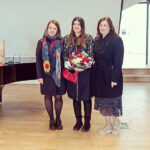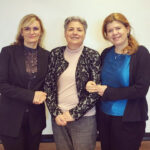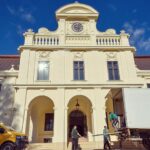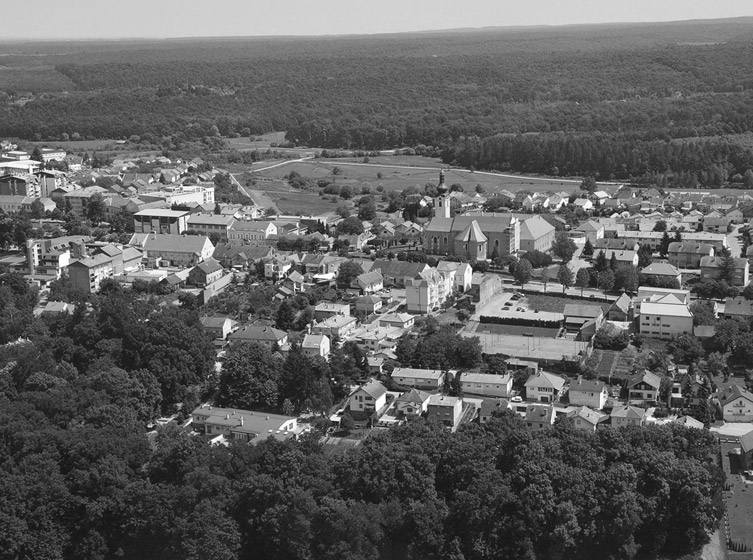 1734Home of generations of the noble Pejačević family
1734Home of generations of the noble Pejačević familyThe Pejačević palace in the town of Našice, known as the Great Pejačević Castle (with the so-called Small Castle Pejacevic or The new castle of Count Marko Pejacevic located about a hundred meters to the west), has always maintained its original role as a kind of "center" for this Slavonian town.
The building has been the home of generations of the noble Pejačević family since 1734 when Baron (later Count) Josip Pejačević bought a property in Našice.
- The first phase of the Palace's construction1811
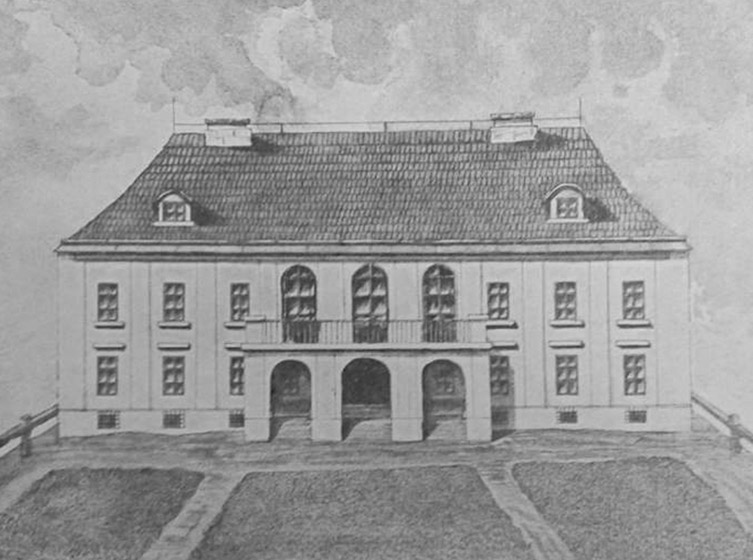
The first phase of the Palace's construction began in 1811/12 on the northern border of the town's main square. At that time, it was a relatively modest, one-story castle in the style of late Baroque classicism, replacing an older family residential building that had previously stood on the site.
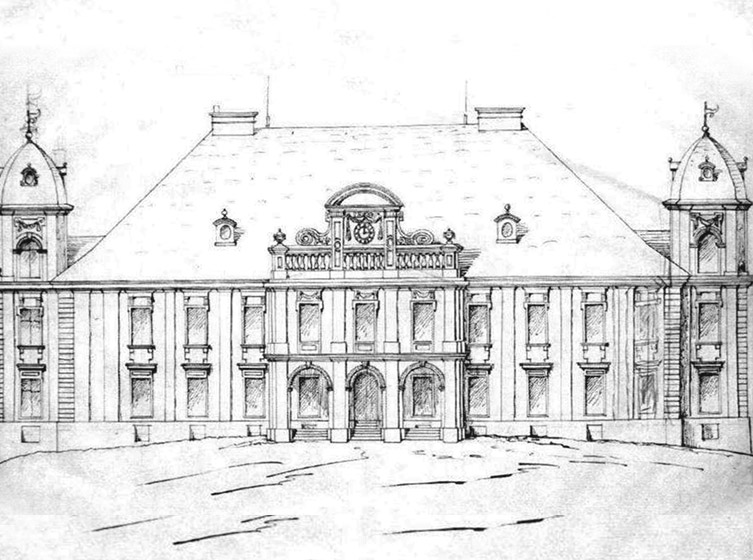 1865The most significant changes occurred in 1865
1865The most significant changes occurred in 1865Over its existence, the Palace's appearance changed several times. The most significant changes occurred in 1865 when it acquired its current appearance. The project was led by Hungarian architect and artist Ferenc Storno, Sr., from Sopron (a city near the Austrian border). Four-story towers on the side were added, along with a southern entrance veranda and a terrace on the northern facade.
Enhanced with a multitude of architectural details inside and out, the previously modest structure was transformed into an impressive noble residence. A new mansard roof was built, and the castle became five stories high. In the central area of its primary (southern) facade, elegant decorative details dominate, and a clock is placed high above them.
- The last owner was Count Petar Pejačević1941
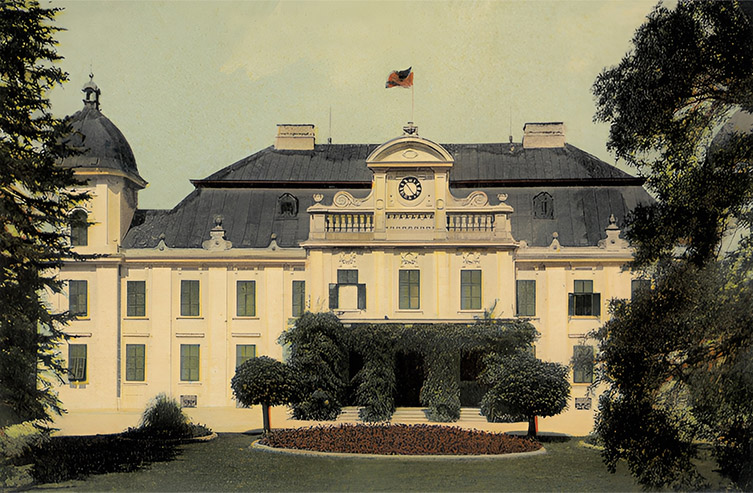
The Palace (and the entire complex around it, which includes two parks and another small castle) was the home of the Pejačević family until the end of World War II. The last owner was Count Petar Pejačević (1908 – 1987), who served as the Independent State of Croatia ambassador to Spain from November 5, 1941, to January 1945. During one of his leaves in 1944, he stored his family's most important works of art in the City Savings Bank in Osijek. In 1945, Petar Pejačević did not return to Croatia and embarked on the difficult path of Croatian political emigrants to Argentina. The other family members were also forced to leave Nasice and Croatia for political reasons, taking only the most necessary items.
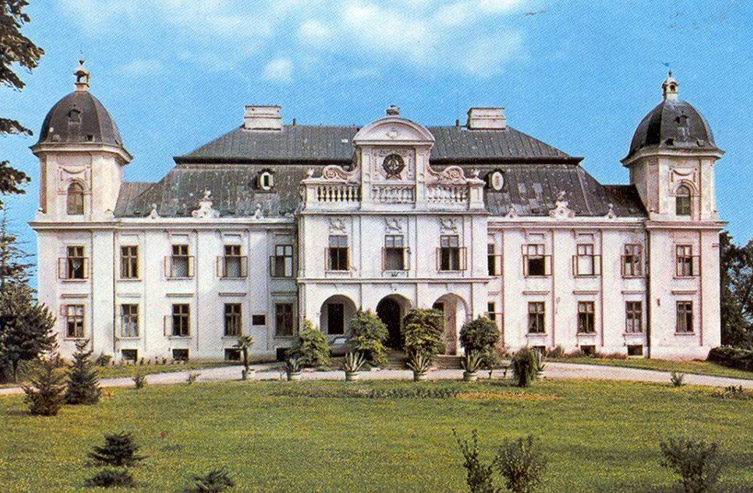 1945In 1945, the Pejačević family was condemned as enemies of the people
1945In 1945, the Pejačević family was condemned as enemies of the peopleBy the decision of the state authorities in Yugoslavia, the artworks stored in the Osijek City Savings Bank, along with other items of artistic and cultural-historical value, became part of the collections of the State Museum in the city of Osijek (today the Museum of Slavonia). They were later transferred to the city's Gallery of Fine Arts. Part of the Palace in Nasice was destroyed, and much of the inventory was looted during its conversion into a barracks. In 1945, the Pejačević family was condemned as enemies of the people and the Croatian state in the city of Osijek. The following year, the Supreme Court in Zagreb, again in their absence, confirmed the sentence and ordered the confiscation and expropriation of all their property. They were deprived of about 20,000 hectares of land, family property in the cities of Nasice and Virovitica, castles, works of art, etc.
- The property was restituted only in 20082008
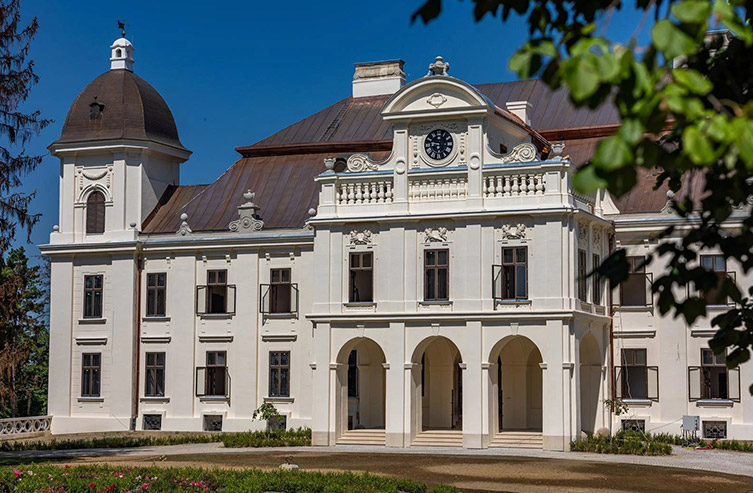
For over 60 years, the Palace in Našice was inaccessible to the heirs, scattered across Europe and South America. The property was restituted only in 2008. In the following years, the leadership of the city of Našice managed to negotiate with the heirs to purchase the Palace (along with the two parks and the small castle), and today the complex is city property.
*The material uses publications and photos from the Našice Local History Museum
- Pejačević -
Cultural Heritage
Social media
News


